WPT Education Brings Hmong History to Wisconsin Classrooms
April 19, 2018 Leave a Comment
The Wisconsin Hometown Stories project offers a fantastic opportunity for in-depth exploration of the local histories and stories that showcase communities around our state.
WPT Education works side-by-side with teachers in each community to build content and pathways connecting students with the history and stories around them.
Wisconsin Hometown Stories: Eau Claire will premiere later in 2018. As we began our research in that region, an educator survey revealed the need for more digital learning resources – especially biographies and materials that highlight the Hmong community.
Read on to see how WPT’s work in Eau Claire is resulting in new, community-specific digital learning resources – including the history and culture of Hmong residents.
When WPT education specialist John Dollar and I visited Eau Claire in March, we shared many warm visits with advocates such as Long Vang, of the Eau Claire Area Hmong Mutual Assistance Association (ECAHMAA); Joel Raney, former Culturally Responsive Coach for the Eau Claire Area School District; and Karen Jacobson, of the Chippewa Valley Museum.
Everywhere we went, we found an enthusiastic welcome, along with offers to share whatever resources we might need. However, we quickly realized that existing resources about Hmong life and history were few and far between.
WPT can – and must – fill this gap.
“Hmong people reside in many cities in Wisconsin, yet most of the people in these communities don’t even know how or why we are here,” says True Vue, a bilingual education assistant at Eau Claire’s Locust Lane Elementary School who recently started a Hmong Club for students. “We played an important part in the Vietnam War, yet we are not discussed in history books. As I grew up, not one textbook had anything to do with the Hmong.”
According to the ECAHMAA, Hmong residents make up the largest ethnic and minority group in the Chippewa Valley. Many families arrived as refugees from Laos and Thailand in the 1970s, and many older family members do not speak English.
Today, more than half of the Hmong population in the United States are American-born, and the median age is close to 20 years old. With bilingual and written resources in short supply, younger generations are at risk of losing crucial links to Hmong history, culture and language.
“I see it through my students, and in my own family: our generations, and the generations to come, have no idea exactly where we come from,” says Vue. “I don’t want history to repeat itself as to why we are here and how it happened.”
We stopped by Locust Lane’s Hmong Club before the school day began. Vue and her sister Tia Lor started the club with English Language Learner teacher Karla Lien last December to encourage the appetites of students who may speak some Hmong at home but don’t read or write the language. Vue and Lor create most of the learning resources they use to teach students about their Hmong culture.
That morning, 15 eager fourth- and fifth-graders practiced the tonal Hmong alphabet and numbers. The group also discussed transforming their classroom into a temporary exhibit for Eau Claire’s Hmong History Month in April, helping their classmates learn about Hmong culture. Several students enthusiastically requested to wear their traditional Hmong clothing.
“This class is a little different, as Hmong students can share their experiences from home with what we talk about in class,” says Vue. “It’s so rewarding to see the students gain confidence in learning their parents’ native tongue.”
One WPT Education project is a natural fit: we’re creating
a new animation and set of biographies about a historic Hmong-American for Wisconsin Biographies. This social studies and literacy resource series teaches about our past using the stories of notable people from Wisconsin.
At the Chippewa Valley Museum, Blia Schwahn, now a school/community liaison for the school district, gave a presentation sharing her story: growing up in Laos, escaping across the Mekong River and living in a Thai refugee camp for four years, then coming to the United States as a refugee. Today, she uses the struggles she faced while growing up to motivate her work, helping students pursue higher education.
Transforming personal recollections into a Wisconsin Biographies feature will help us share moving Hmong narratives like Schwahn’s with thousands of Wisconsin students.
We left Eau Claire with a deeper understanding of the need for Hmong resources – and minds overflowing with ideas.
As we continue to develop learning resources that support our work with Wisconsin Hometown Stories: Eau Claire, we’re eager to continue collaborations with Eau Claire’s Hmong residents, educators and leaders.
Most of all, we’re thrilled that these innovative, culturally responsive learning materials – created by and for the communities they represent – will continue to educate and inspire learners across Wisconsin.
“I’m so glad that more people are speaking out to have classes to teach about the Hmong,” says Vue. “So many important parts of Hmong history have already been lost. We need to start teaching our children these things before it’s too late.”
Hmong history History Hmong Eau Claire Wisconsin Hometown Stories WPT Education featured
 Passport
Passport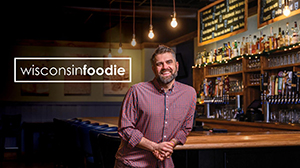
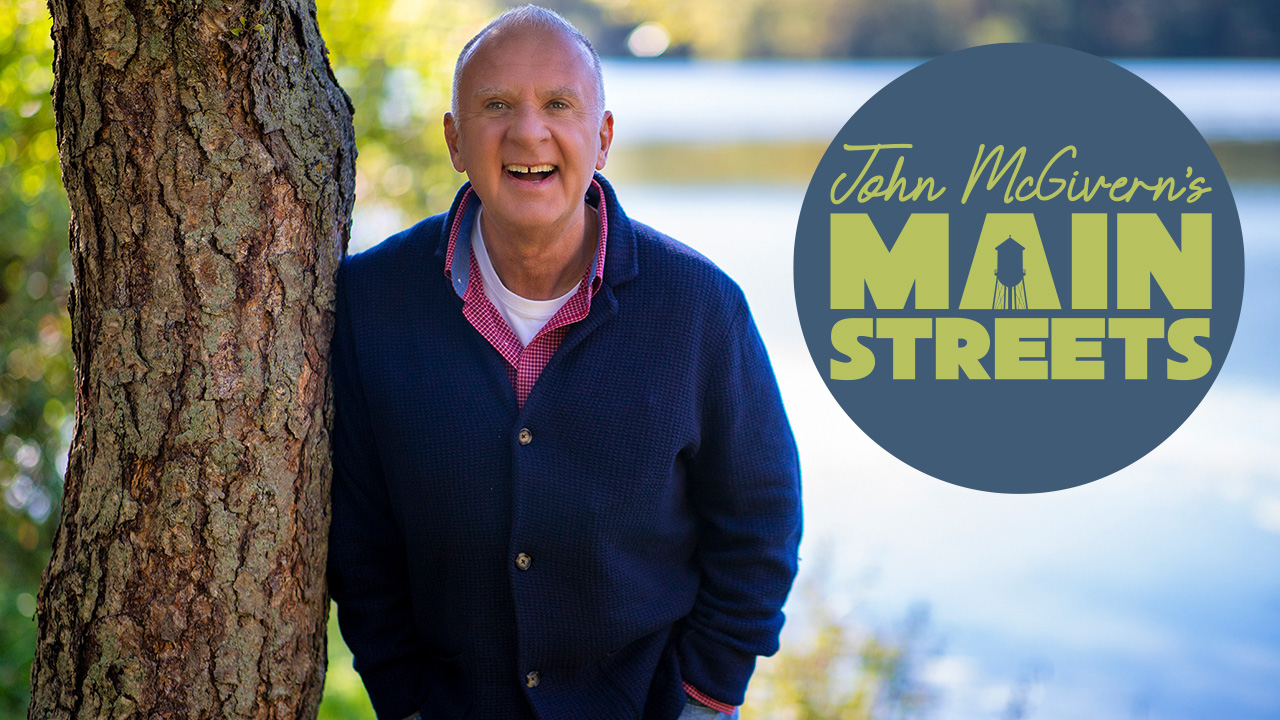


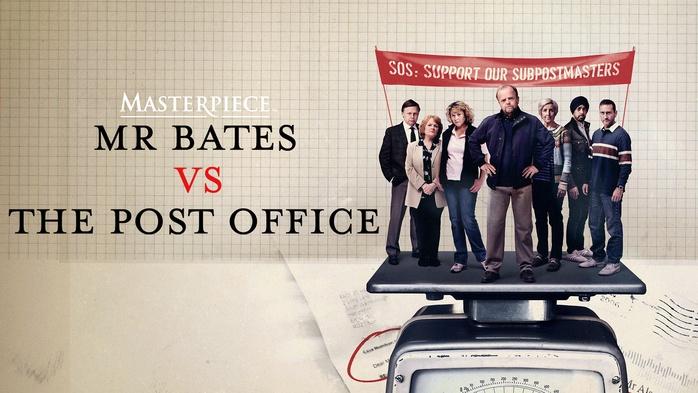
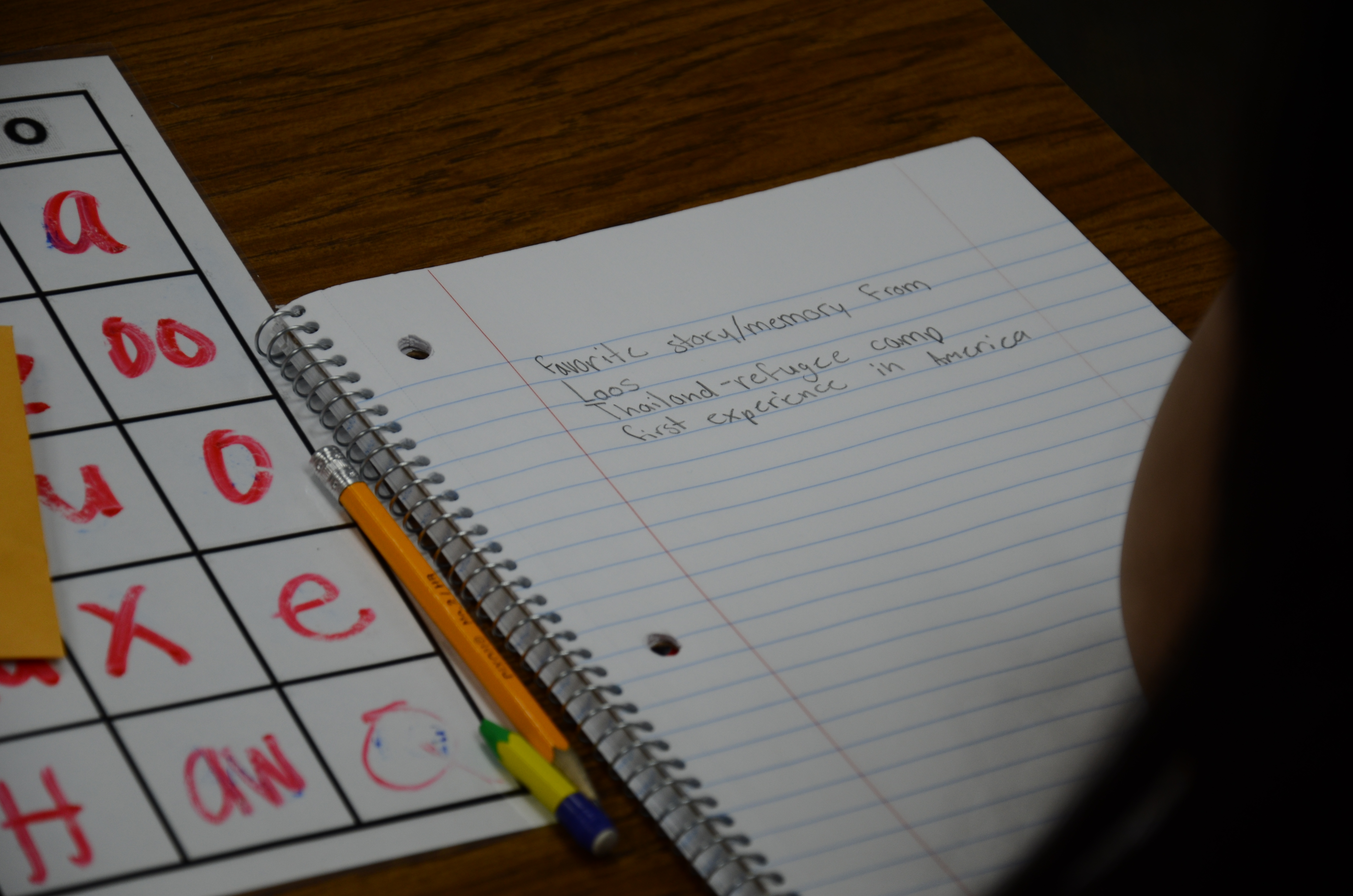


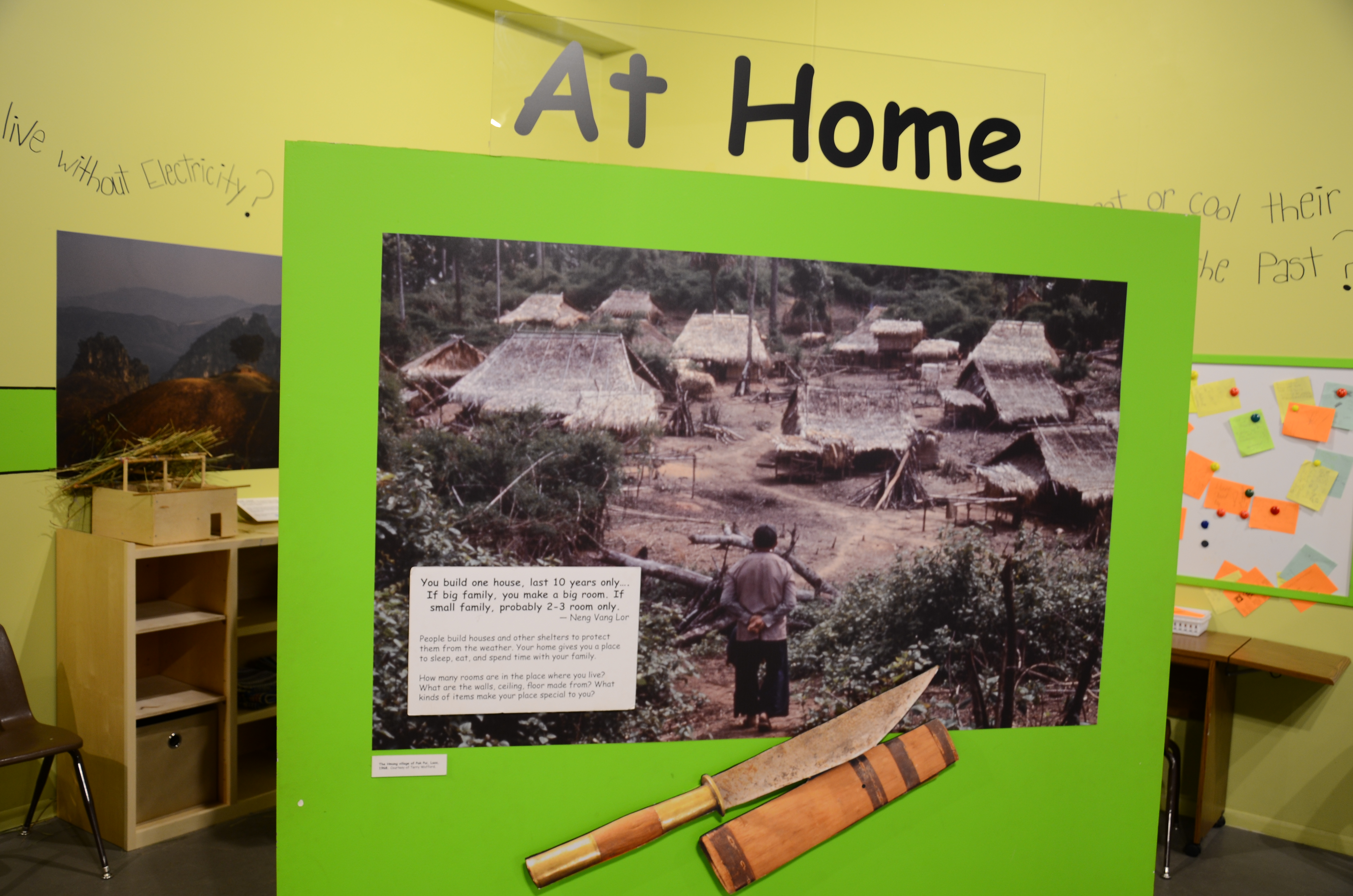

David A. Lhotka says:
I live in Rice Lake and watch a lot of PBS either on Mpls cannrl 2 or Eau Claire channel 10.I am a supporter an monthly receive get me back to my email and I was writing I need the and planned for some time to watch Wis water by air was I saddened it was not on any channel. Tell me about the 3 channels,flagship,wis,and create are these channels in my area?